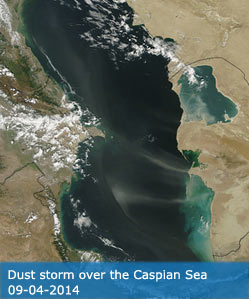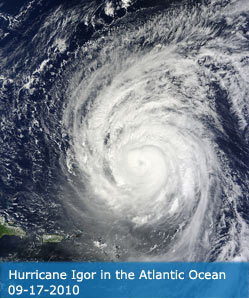Science Team
Publications
Hu, XF; Waller, LA; Al-Hamdan, MZ; Crosson, WL; Estes, MG; Estes, SM; Quattrochi, DA; Sarnat, JA; Liu, Y (2013). Estimating ground-level PM2.5 concentrations in the southeastern US using geographically weighted regression. ENVIRONMENTAL RESEARCH, 121, 1-10.
Abstract
Most of currently reported models for predicting PM2.5 concentrations from satellite retrievals of aerosol optical depth are global methods without considering local variations, which might introduce significant biases into prediction results. In this paper, a geographically weighted regression model was developed to examine the relationship among PM2.5, aerosol optical depth, meteorological parameters, and land use information. Additionally, two meteorological datasets, North American Regional Reanalysis and North American Land Data Assimilation System, were fitted into the model separately to compare their performances. The study area is centered at the Atlanta Metro area, and data were collected from various sources for the year 2003. The results showed that the mean local R-2 of the models using North American Regional Reanalysis was 0.60 and those using North American Land Data Assimilation System reached 0.61. The root mean squared prediction error showed that the prediction accuracy was 82.7% and 83.0% for North American Regional Reanalysis and North American Land Data Assimilation System in model fitting, respectively, and 69.7% and 72.1% in cross validation. The results indicated that geographically weighted regression combined with aerosol optical depth, meteorological parameters, and land use information as the predictor variables could generate a better fit and achieve high accuracy in PM2.5 exposure estimation, and North American Land Data Assimilation System could be used as an alternative of North American Regional Reanalysis to provide some of the meteorological fields. (C) 2012 Elsevier Inc. All rights reserved.
DOI:
ISSN:
0013-9351




